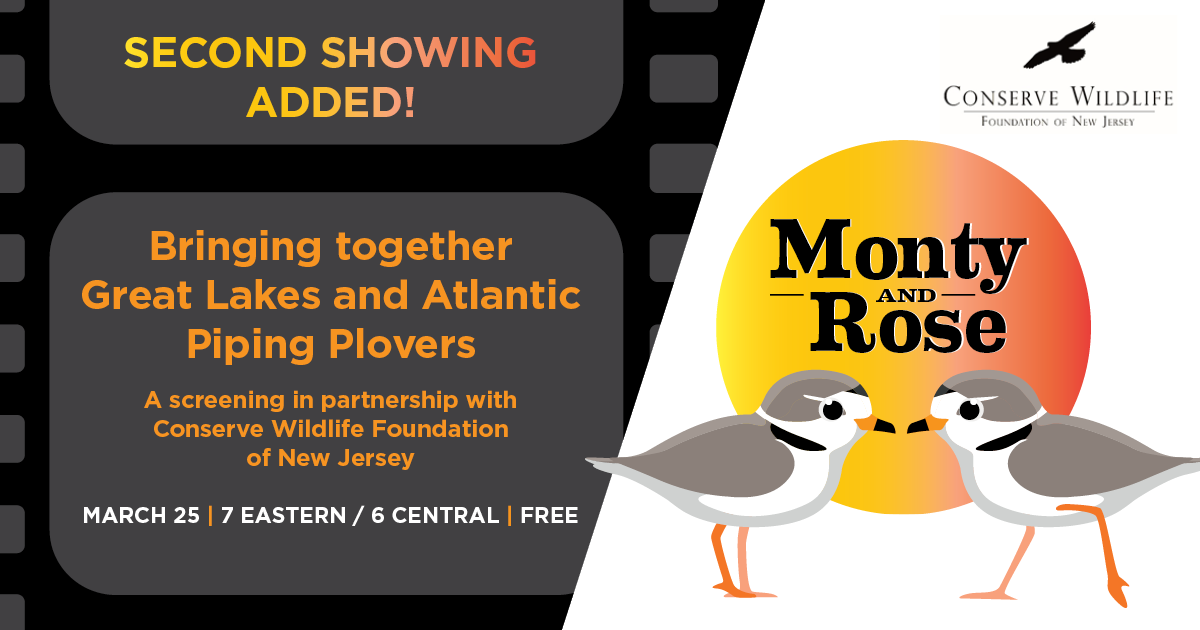Shrike zone: Songbird predator is endangered in Illinois and Indiana
An innovative effort is under way to bring "butcher birds" back by engaging the public and planting cedars and junipers.

The sad news came last May. The shrike I adopted in the winter hadn’t made it back to its breeding grounds.
“I wish I had an update of a sighting to share with you, but unfortunately we haven’t seen him or had anyone report a resighting of him yet,” stated a friendly note from the organizers of Adopt A Shrike, a program of Indiana Audubon Society.
Bummer, I thought to myself. There are only seven breeding pairs of Loggerhead Shrikes left in Indiana, down from around 100 in the late 1980s. Habitat loss is a big factor, as the shrikes prefer overgrazed pastures and locales with nesting trees and shrubs. The birds are endangered in Indiana and Illinois and in steep decline across their range. One less shrike has a real impact.
Today, Loggerhead Shrike takes on American Kestrel in Indiana Audubon’s March Migration Madness, an homage to the NCAA men’s basketball tournament (that happens to be in Indiana this year). It’s already been great fun. The plight of shrikes, though, is something to be taken seriously. These are striking birds that defy simple categorization. They’re songbirds, but they’re also predators. Their hooked bills have something in common with birds of prey. They catch insects, small mammals, reptiles and other birds and skewer them on barbed wire or thorns, thus garnering them the nickname “butcher bird.”
In Illinois, the best places to find them include Midewin National Tallgrass Prairie near Joliet and Lost Mound Unit of the Upper Mississippi National Wildlife Refuge in northwest Illinois. In Indiana, they’re confined to a few counties in the southern portion of the state such as Daviess, Lawrence, Orange and Spencer. Much of the population is banded, which provides an idea of population status and the dispersal of young.
Adopt A Shrike is a nifty means for engaging the public while helping restore the population of an endangered species. It’s a collaboration among Indiana Audubon, the Loggerhead Shrike Working Group and the Indiana Division of Fish and Wildlife. Funds are used to purchase shrubs, “shrike trees” like red cedars and junipers that are then planted along fencerows. Land owners are subsidized annually to maintain the trees, and donors receive an “I Never Met a Shrike I Didn’t Like” t-shirt.
Back to the shrike I adopted. After the disappointing news, I had the opportunity to adopt a new shrike last summer, a female that’s around 5 years old. She nested east of Evansville, Ind., in Spencer County, 54 miles away from where she nested last year, rearing two broods. Here’s to more nesting success in 2021.
Today’s March Migration Madness pick: Loggerhead Shrike
It’s a small world, Piping Plover edition
Piping Plovers really do make the world feel smaller. Todd Pover is a Senior Wildlife Biologist for Conserve Wildlife Foundation of New Jersey (CWFNJ). Years ago, he banded a female Piping Plover on the Bahamian island of Abaco. That plover, which became known as Bahama Mama, later nested at Michigan’s Muskegon State Park. Bahama Mama paired up with a male nicknamed Little Guy in 2017. The duo had a chick named Rose, and the rest is history.
Thursday night is the second of two showings of the documentary “Monty and Rose” in partnership with CWFNJ. There are still tickets available if you would like to attend.
TWiB Notes
News that the city is installing parking meters at Chicago’s Montrose Harbor sparked an outcry and a petition drive late last week. The meters would be installed along Montrose Avenue and Montrose Harbor Drive, a popular parking area for birders…..Volunteers are needed for Chicago Audubon Society’s Upper Des Plaines River Blitz, which includes Forest Preserves of Cook County sites between Miller Meadow and Potawatomi Woods. Sign up here…..Eastern Phoebes are back! Reports yesterday were from Jarvis Sanctuary, LaBagh Woods, Northwestern University and Fort Sheridan.
This Week in Birding provides original posts direct to your inbox each Monday and Friday (for paid subscribers). Click below to become a paid subscriber today, and join a community where telling stories of birds and making films like “Monty and Rose” and “Dodger” is possible.




